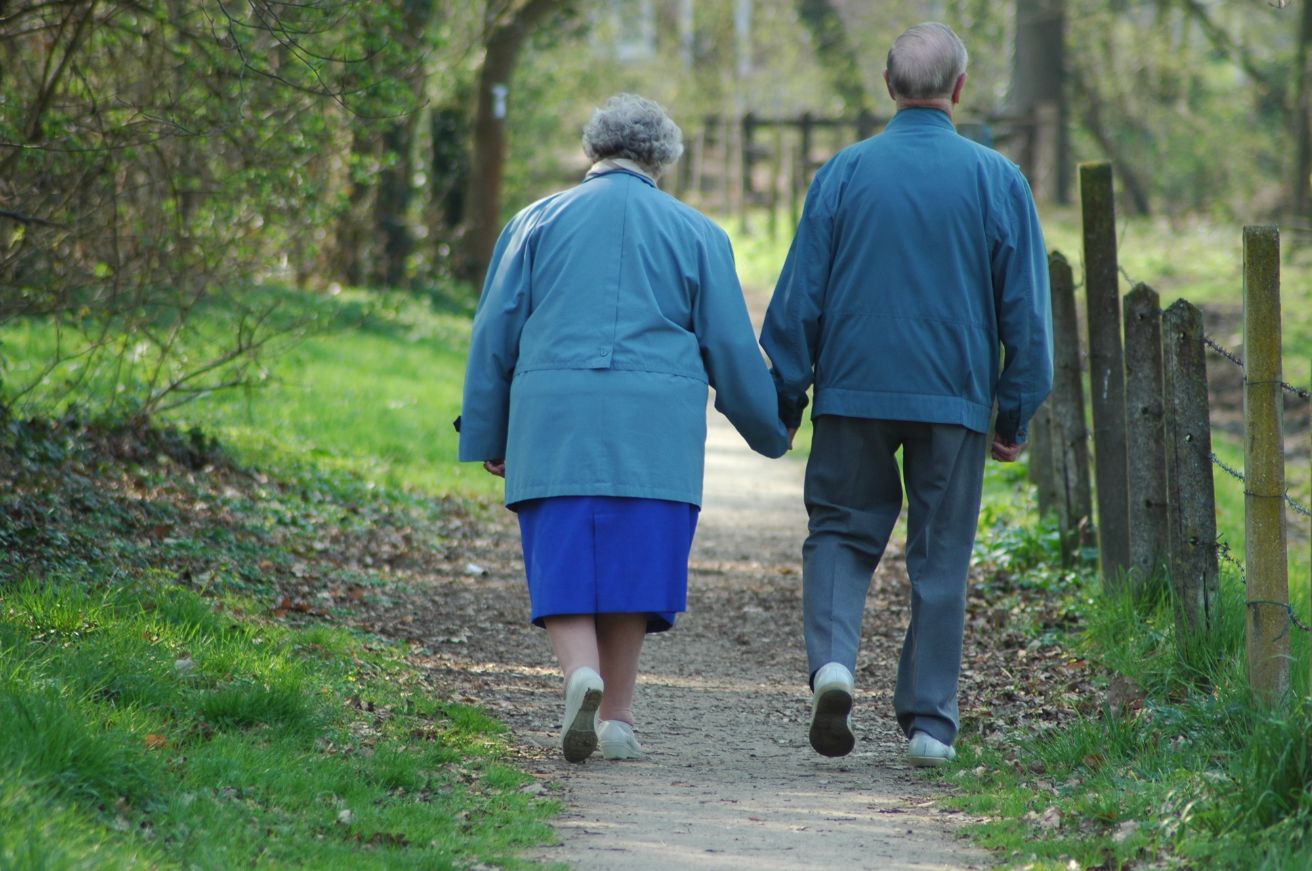Cold and flu season is right around the corner if it hasn’t already arrived and along with getting a proper diet and adequate rest, regular exercise is also thought to help prevent or shorten a cold by circulating white blood cells more rapidly throughout the body.
A brisk walk outdoors may also flush bacteria out of the lungs and airways, which can reduce the risk for cold, flu and other airborne illness. Exercise has also been found to slow the release of stress hormones which are linked with an increased chance of illness. According to the American College of Sports Medicine, each exercise session gives the immune system a boost that reduces the risk of infection over time.
In a large study conducted in 2010 at Appalachian State University, people who exercised at least five days a week were found to be half as likely to get colds or other upper respiratory tract infections than those who did not exercise. The improvements in immunity resulting from regular exercise is particularly beneficial for older adults who tend to face a decline in their ability to fight off infection as they age.
That’s not to say you should keep working out if you show symptoms of illness. If you have a fever, body aches or chills; rest and fluids are in order. The general rule is if the symptoms are from the neck up (runny nose, sore throat and no fever), it’s fine to continue exercising. Visit your doctor if symptoms persists or become worse.
For more information about exercise and the common cold, visit the American College of Sports Medicine website at: https://www.acsm.org/public-information/articles/2012/01/05/how-to-make-the-common-cold-less-common.






Add Your Voice
0 Comments
Join the Discussion